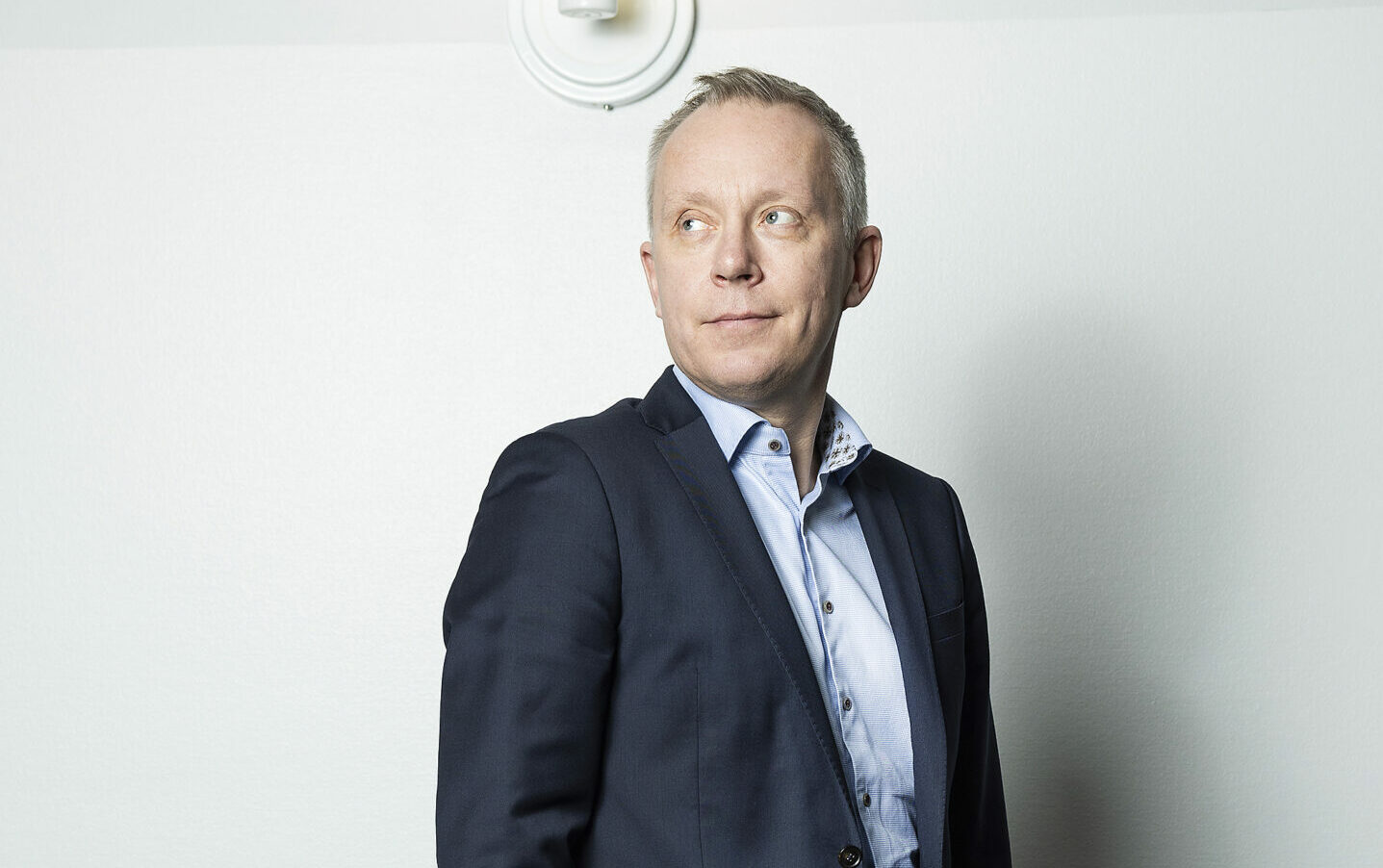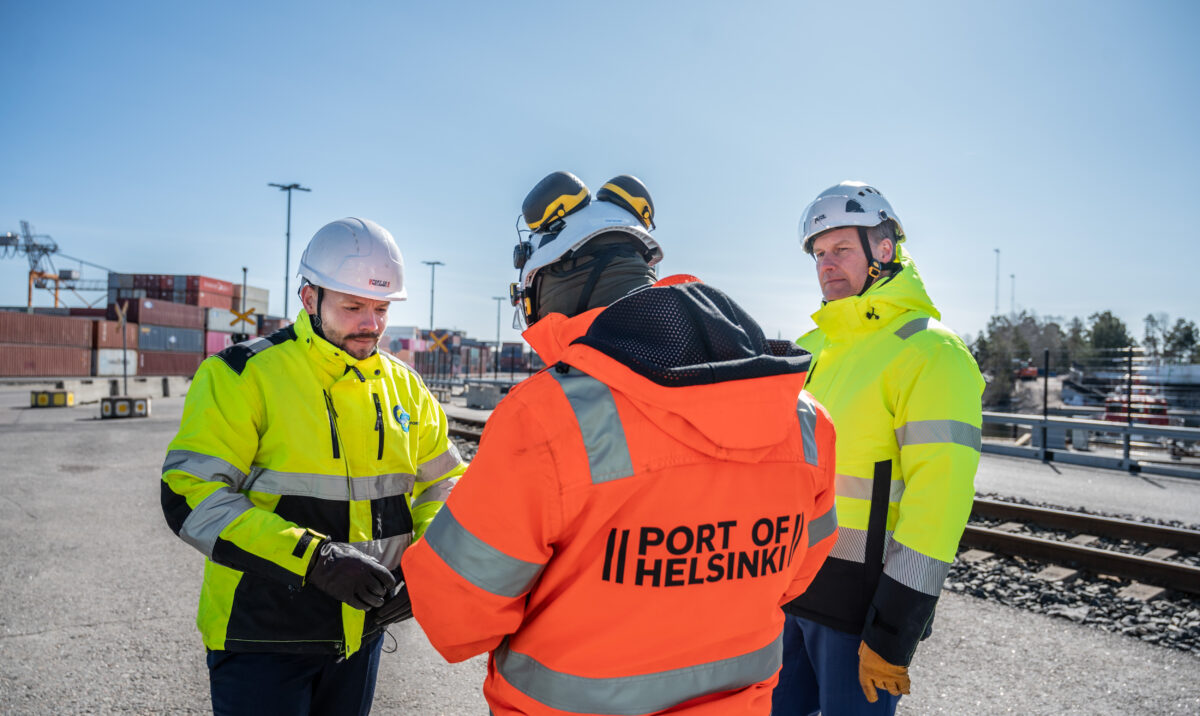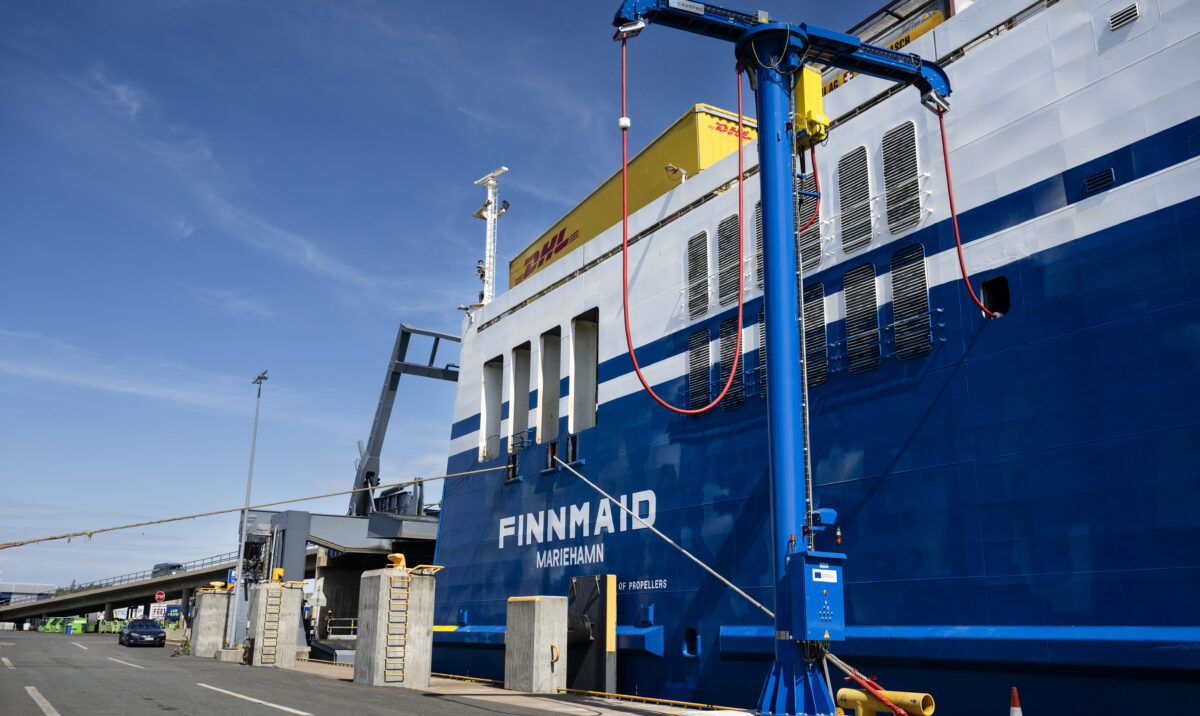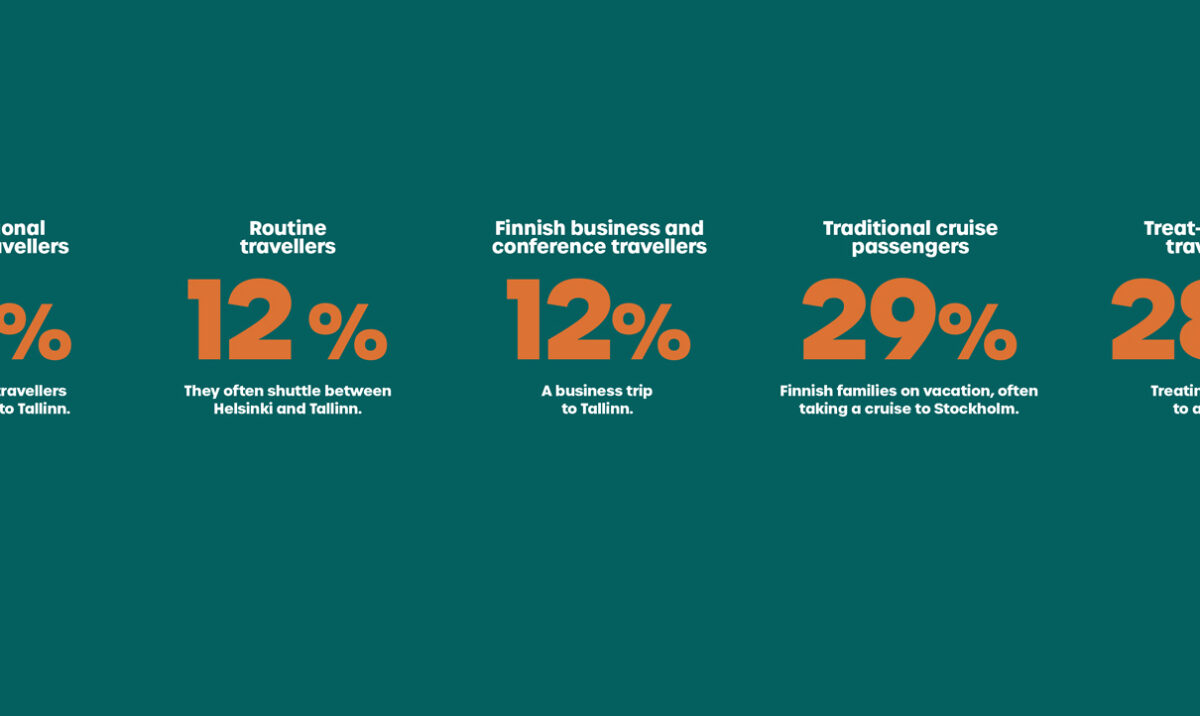
Port tunnel is truly going forward
Passenger traffic is important and has potential. A decision on the port tunnel will be made this year.
Tourism holds significant potential
Even though cruise figures have not yet reached the level they were at before the pandemic and Ukraine war, cruise tourism still brings more than EUR 19 million to the Helsinki region every year. A survey shows that more than fifty per cent of cruise passengers would recommend Helsinki to their acquaintances. This is growth potential that we should be able to harness. The concept of a cruise has already diversified, and the first winter cruises will be departing from Helsinki this year.
Although the City of Helsinki does not actually sell any tourism products itself, it does play a major role in promoting tourism – and this may hopefully even become part of the City’s strategy this year.
A decision on the port tunnel’s city plan will be made in 2025
Almost four years ago, Helsinki City Council made a decision in principle to reorganise the city’s port operations. This launched a more detailed planning process in which a number of options for a port tunnel have been analysed. We are now reaching the point where the project is truly getting going: city planning has begun. The city plan should be put before the Council during 2025, and the Port hopes to get a building permit for the tunnel in 2027.
The port tunnel is vital, as it will enable us to vacate Makasiiniranta as planned, and ensure that we can continue running and growing our port operations in Helsinki.
EU funding is required for energy investments
The energy transition is causing a considerable need for investments at ports. The transport of fossil fuels has, in practice, already ceased in Helsinki. They been replaced by other fuels, such as waste bales, wood chips and pellets, which pass through both Loviisa and Vuosaari. The propulsion systems of the future are another major issue for ports. Electric and methanol-powered vessels will probably visit us, along with a variety of hybrid models. We must be prepared to refuel them all.
It is difficult to calculate how long it will take for these energy investments to pay for themselves. When CEF funding ends, ports will still require a pan-European financial instrument for their energy investments. As ports are part of the world’s supranational infrastructure, their funding should not be left to national decision-making.





